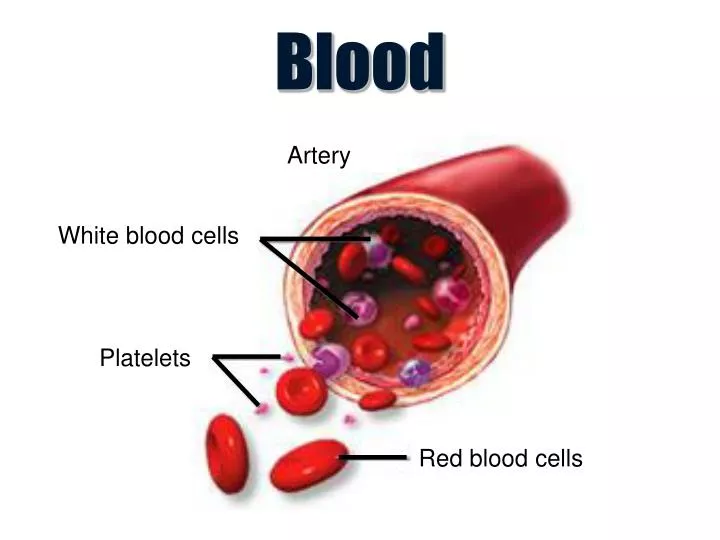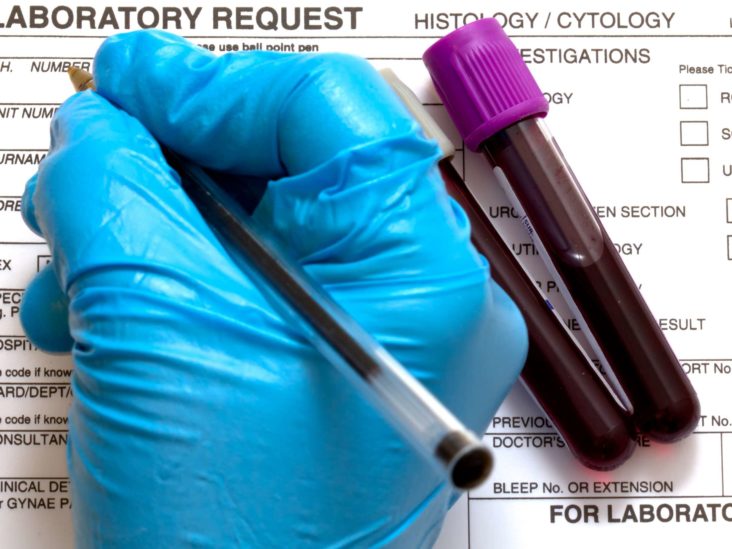What is a blood differential test?

A blood differential test measures the amount of each type of white blood cell (WBC) that you have in your body. White blood cells (leukocytes) are part of your immune system, a network of cells, tissues, and organs that work together to protect you from infection. There are five different types of white blood cells:
- Neutrophils are the most common type of white blood cell. These cells travel to the site of an infection and release substances called enzymes to fight off invading viruses or bacteria.
- Lymphocytes. There are two main types of lymphocytes: B cells and T cells. B cells fight off invading viruses, bacteria, or toxins. T cells target and destroy the body’s own cells that have been infected by viruses or cancer cells.
- Monocytes remove foreign material, remove dead cells, and boost the body’s immune response.
- Eosinophils fight infection, inflammation, and allergic reactions. They also defend the body against parasites and bacteria.
- Basophils release enzymes to help control allergic reactions and asthma attacks.
However, your test results may have more than five numbers. For example, the lab may list the results as counts as well as percentages.
Other names for a blood differential test: Complete blood count (CBC) with differential, Differential, White blood cell differential count, Leukocyte differential count
What is it used for?
The blood differential test is used to diagnose a variety of medical conditions. These may include infections, autoimmune diseases, anemia, inflammatory diseases, and leukemia and other types of cancer. It is a common test that is frequently used as part of a general physical exam.
Why do I need a blood differential test?
A blood differential test is used for many reasons. Your doctor may have ordered the test to:
- Monitor your overall health or as part of a routine checkup
- Diagnose a medical condition. If you are feeling unusually tired or weak, or have unexplained bruising or other symptoms, this test may help uncover the cause.
- Keep track of an existing blood disorder or related condition
What happens during a blood differential test?
A health care professional will take a sample of your blood by using a small needle to draw blood from a vein in your arm. The needle is attached to a test tube, which will store your sample. When the tube is full, the needle will be removed from your arm. You may feel a little sting when the needle goes in or out. This usually takes less than five minutes.
Will I need to do anything to prepare for the test?
You don’t need any special preparations for a blood differential test.
Are there any risks to the test?
There is very little risk to having a blood test. You may have slight pain or bruising at the spot where the needle was put in, but most symptoms usually go away quickly.
What do the results mean?
There are many reasons your blood differential test results may be outside the normal range. A high white blood cell count may indicate an infection, immune disorder, or allergic reaction. A low count may be caused by bone marrow problems, medication reactions, or cancer. But abnormal results don’t always indicate a condition needing medical treatment. Factors such as exercise, diet, alcohol level, medicines, and even a woman’s menstrual cycle can affect the results. If the results seem abnormal, more specific tests may be ordered to help figure out the cause. To learn what your results mean, talk to your healthcare provider.
Is there anything else I need to know about a blood differential test?
Use of certain steroids may increase your white blood cell count, which can lead to an abnormal result in your blood differential test.
The information on this blog should not be used as a substitute for professional medical care or advice. Contact a health care provider if you have questions about your health.


